The United States detonated two atomic bombs over the Japanese cities of Hiroshima and Nagasaki on Aug. 6 and 9, 1945. The bombings killed between 1,50,000 and 2,46,000 people, most of whom were civilians. To mark the 79th anniversary of atomic bombing on Hiroshima today, here we publish an article by Sujata Rajpal, who recently visited Hiroshima and was moved by its story of resilience from tragedy to triumph.—Ed
By Sujata Rajpal
Having read extensively about Hiroshima in school textbooks, this city was at the top of our itinerary during a recent visit to Japan. Drenched in catastrophe yet vibrant with hope, Hiroshima, located in the south-western part of Honshu Island, stands as a testament to human resilience.
From the red bus stop, we walked towards the Peace Memorial Park with the imposing Atomic Bomb Dome looming in the distance. This structure, once Hiroshima Prefectural Industrial Promotion Hall, is the only building that partially survived the bombing.
Rightfully designated as a UNESCO World Heritage site, it serves as a perpetual reminder to humanity of the perils of nuclear weapons. The skeletal remains of the building, standing against the backdrop of a serene city, make the horrors of Aug. 6, 1945, feel incredibly real.
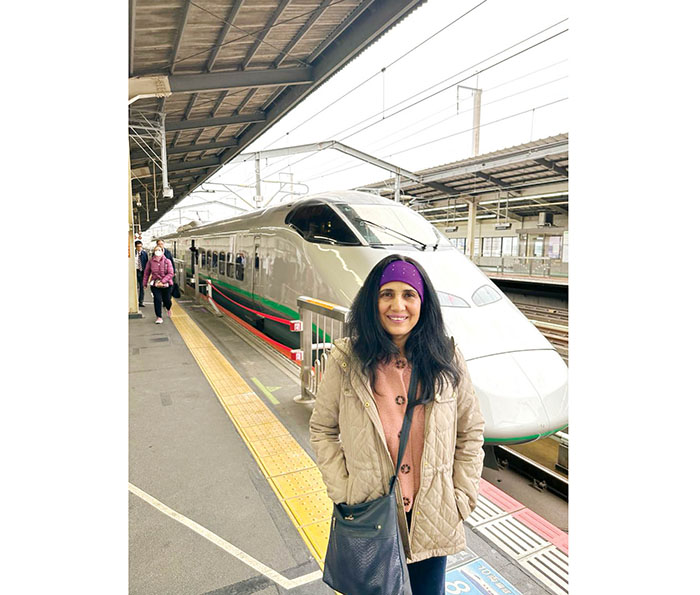
The bustling life that once filled those walls, is now reduced to haunting ruins. We were so absorbed in the moment that we didn’t think it appropriate to pose in front of the monument.
Spread across a vast expanse of lush greenery and flowing fountains, Peace Memorial Park, dedicated to Hiroshima’s legacy as the first city to suffer nuclear attack, is peppered with numerous monuments, each a poignant reminder of the calamity that had annihilated this city. In the centre of the park, Flame of Peace burns continuously as a resolve to make this world nuclear free.
Next to it, a concrete saddle-shaped monument covers an edifice holding the names of the people killed by the bomb. The Children’s Peace Monument commemorates Sadako Sasaki and thousands of children who died due to bombing. Sadako survived the bombing but lost her life ten years later to leukaemia caused due to exposure to radiation. Her mission was to fold 1000 paper cones in the hope of recovery. Clutching one of the countless cranes left by visitors, I felt an intimate bond with her story.
At a little distance, in the seminar hall, a twenty-minute documentary of the bombing from the account of the survivors brought alive the calamity. When the film ended, there was not a single dry eye. The Peace Memorial Hall below provides a 360-degree view of the city after the blast. The cylindrical shaped hall has 1,45,000 tiles approximate number of people who had died by the end of 1945, one each for every victim. Many who survived the bombing, later died of leukaemia. Each tile represented a life lost, a story cut short. Silence permeated the hall. The only sound was the sound of flowing water from a fountain signifying the victims who had died crying for a drop of water to soothe their parched throats.
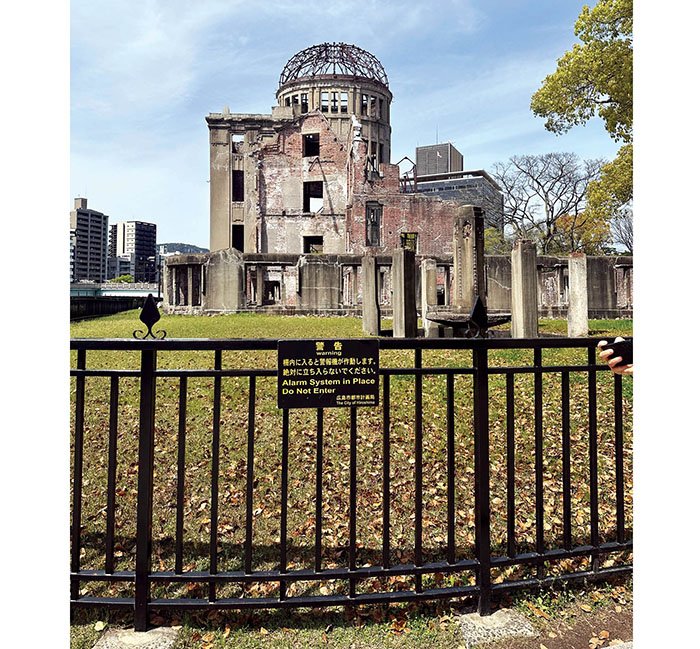
Hiroshima Peace Memorial Museum which has artifacts and belongings of victims and survivors like a kids’ bicycle, a toy that must have fallen from tiny hands, conveys the horrors of the nuclear war.
Except the museum, the entry to all other places in the Peace Memorial Park is free, reinforcing that Japan urges public to visit Hiroshima.
Standing in front of each monument, gaping, reading the epitaph, a silent gloom hovers in the air. Whatever the logic for dropping the nuclear bomb, there is absolutely no justification for killing innocent people and ravaging an entire city whose effects were to be felt for generations to come. Period.
Stepping outside Peace Memorial Park, the air of gloominess changed into bursting atmosphere of any other city in Japan buzzing with symbols of a developed world, gardens, shopping centres, schools, and state-of-the-art infrastructure narrating a story of rebirth. “At the time of bombing, soothsayers prophesied that nothing will grow on Hiroshima’s earth for 75 years but look at this lush green garden with colourful flowers and tall trees,” said the guide at the Shukkeien Garden, with its beautifully manicured landscapes and tranquil ponds.
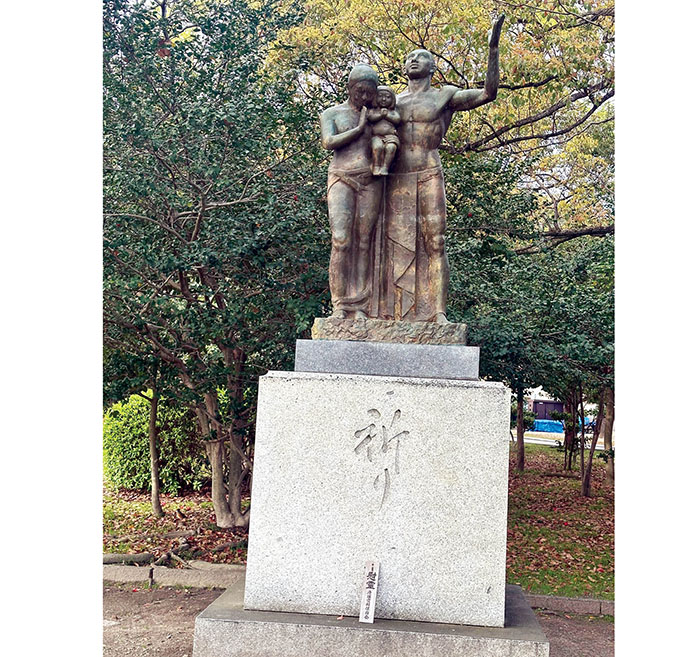
A visit to Hiroshima wouldn’t be complete without indulging in Hiroshima-style okonomiyaki, a savory pancake layered with noodles, seafood, and vegetables, cooked on a hot griddle.
Certainly, the bombing of Hiroshima is a crime on humanity, but sadly the bigger crime is — the countries even today fail to learn from the mistakes of their predecessors. Wars go on in various parts of the world unmindful of their impact on generations, mindlessly crushing lives, livelihoods, dreams. What kind of a world it would be without gurgling babies, playing children and joyful people! Hiroshima isn’t a destination; it’s an experience that promises to stir your soul and ignite your sense of wonder at a country’s resilience.
How to reach Hiroshima
The best way to travel to Hiroshima from anywhere in Japan is by Shinkansen (bullet train). From Kyoto it takes 1.5 hours. From Hiroshima Station, board the red Hop-on Hop-off bus, which is free for Japan Rail pass holders. For the non-pass holder, the fare is nominal.



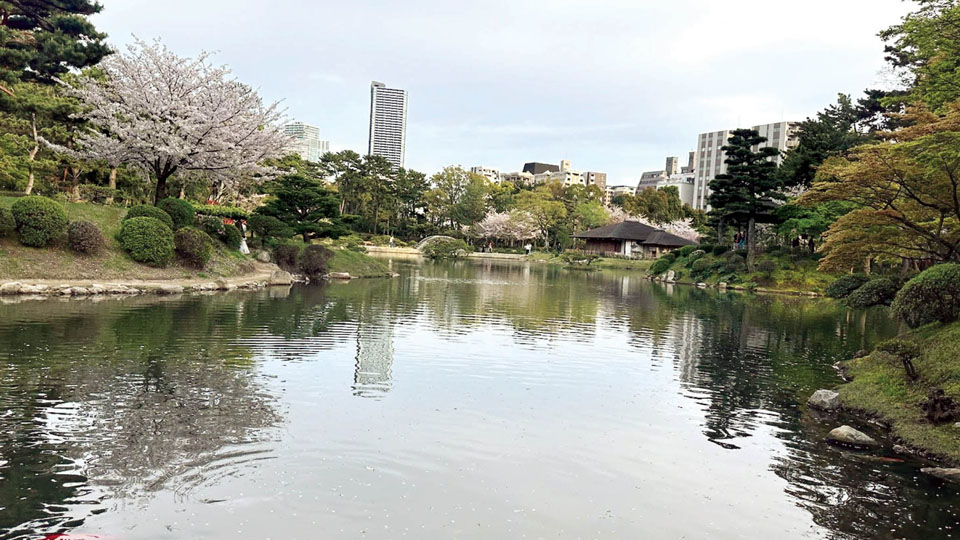

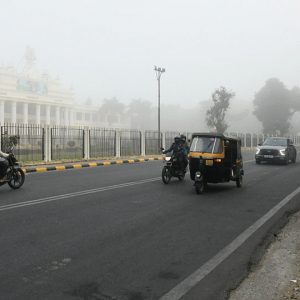
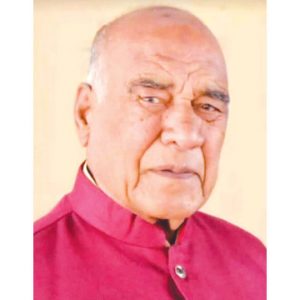

Recent Comments